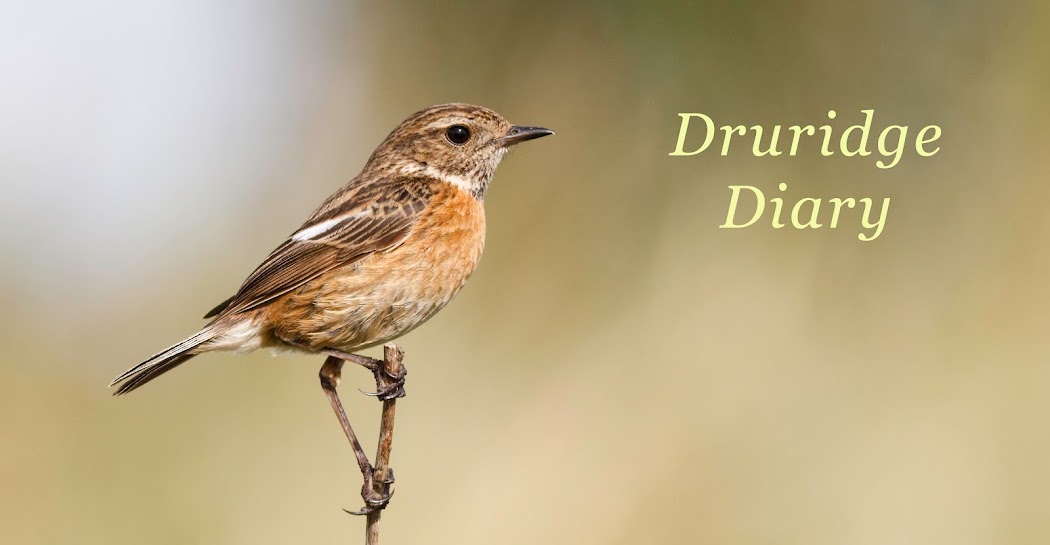I've been away from the patch for the last couple of weeks on my near-annual migration to Tarifa in southern Spain to witness the spectacle that is the raptor migration across the Straits of Gibraltar as birds of prey from Europe travel south to Africa for winter.
Conditions were very good for the birds for the first half of the trip, with tens of thousands of birds passing through but high - like hayflies as Alan Gilbertson describes them. These were mostly honey buzzards and black kites with short-toed eagles, booted eagles, Egyptian vultures, sparrowhawks and griffon vultures. When the wind blows, which it does a lot in the Straits, the birds drop lower (especially in the Levante wind from the East which could blow them into the Atlantic) bringing them closer to the observers and photographers who are also there in great numbers.
As well as raptors there are migrating storks, waterbirds and passerines alongside the resident birds in the peninsula.
This photo sums up Tarifa for me, on the good days they just keep coming at you...
 |
| A group of black kites migrating through Tarifa |
There are hundreds more photos to sort which I will eventually get onto my
Flickr account.
We've had news from the BTO about a
robin we ringed in July last year, it was still in juvenile plumage when we caught it so will have hatched at Druridge. Sadly it was found dead last week in
Redcar, where presumably it had taken up residence. Even though Robin is the second-most commonly caught bird by us at Druridge, this is the first ever recovery we've had.
The BTO have also released the annual ringing report for 2017 which you can find
on their website.
The report gives ringing totals by species and area and list notable recoveries of birds including a report of a
Leach's Petrel we caught in in July 2016 at Druridge (
read about it here) which was already ringed, having been caught on Inner Farne two tears earlier. The same bird was caught again on Inner Farne in July 2016, ten days before we caught it at Druridge and it was caught again in July 2017 way up at Sumburgh in the Shetland Islands. Recoveries like this give us a fantastic insight into the movements of these seabirds. Here are the details:
BX91489 Adult
29-07-2014
Inner Farne, Farne Islands: 55°36'N 1°40'W (Northumberland)
Caught by ringer
01-08-2014
Inner Farne, Farne Islands: 55°36'N 1°40'W (Northumberland) 0km 0y 0m 3d
Caught by ringer
20-07-2016
Inner Farne, Farne Islands: 55°36'N 1°40'W (Northumberland) 0km 1y 11m 21d
Caught by ringer
30-07-2016
Druridge Links: 55°15'N 1°34'W (Northumberland) 40km S 2y 0m 1d
Caught by ringer
26-07-2017
Sumburgh: c. 59°51'N 1°17'W (Shetland) 473km N 2y 11m 27d
















